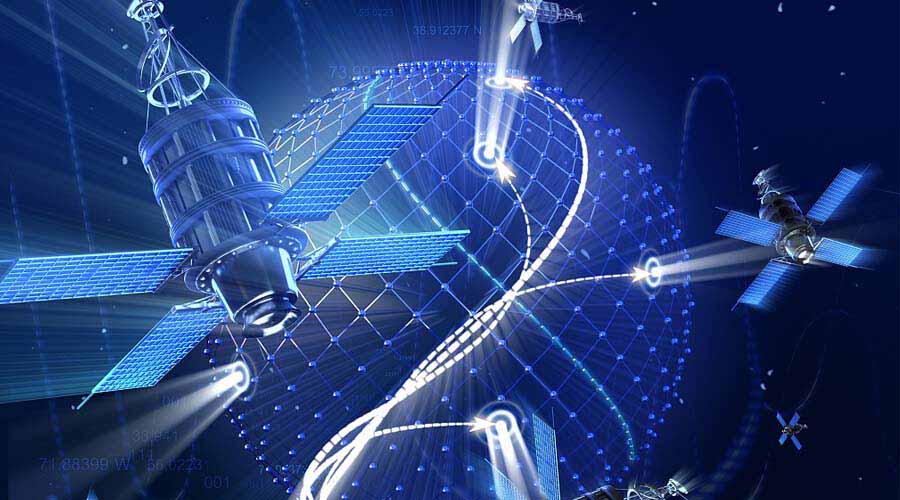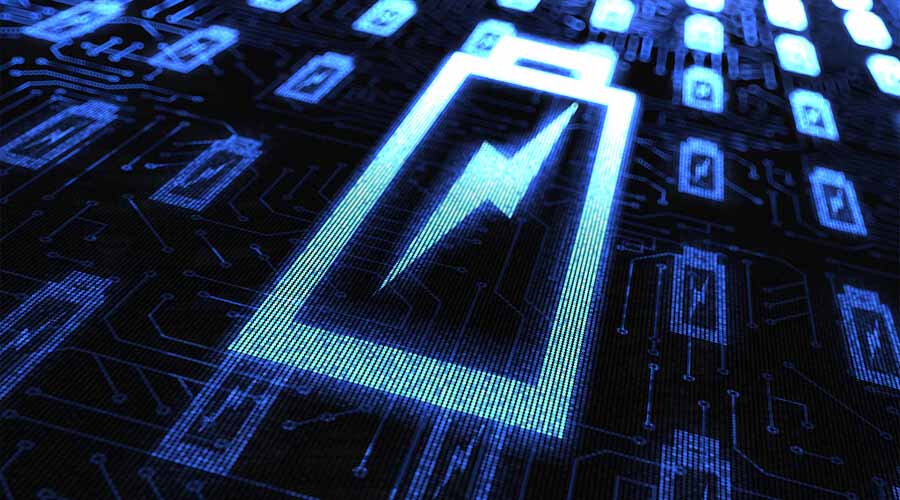18650 Battery Amp Ratings-Definition and Cycle Life
APR 11, 2020 Pageview:2394
As a battery user, it is important to understand some of the basic parameters of the battery you’re using or the one you intend to buy. This will not only help you make better choices of batteries that will make your device perform better, but will also ensure your safe from any danger that may result from inappropriate battery usage.
18650 Lithium-ion batteries have parameters that are always written on the battery package or the battery itself. Some of these include; amp rating, voltage, maximum continuous discharge current, etc. Every parament has its significance and you need to know all of these and what they mean
If I am to explain in simple terms, the voltage of a battery is like pressure in a pipe and the current is like how much water comes out of that pipe at a time. In this case, the pipe is the circuit of your device where the battery will be used. For a pipe, if you apply excessive pressure on it, it will end up bursting when the pressure exceeds what it can handle
In the case of your device, if you use a battery of a higher voltage than what is recommended, the device circuit will end up burning due to excessive voltage(electric pressure in this case). That's why it is very important to pay attention to the voltage. Another important parameter that we are going to focus on today is the mah (milli ampere hours) rating of the battery.
What is the 18650 battery ampere hour rating?
The ampere-hour rating refers to the number of amps(amount of current) the battery can produce for a full hour before it is completely discharged
Milli ampere-hours are important because they show how long a battery will last while being used on a single charge. If a battery has 2500mah, it simply means it can discharge 2.5A for a full hour before it is totally empty. However, if your device only consumes say 500ma instead of 2.5A(2500ma), the battery in this case can last up to 5 hours. That's the simplest way you should interpret the ampere-hour rating.
Different 18650 batteries have different ampere hour ratings. At the moment the smallest 18650 Lithium-ion battery has a capacity of 1800mah and the largest has 3600mah. Another important aspect of 18650 is that the higher the capacity the less the current that can be drawn from the battery at a time. The maximum current that can be extracted out of a battery is what we call maximum continuous discharge rate
How many amps is the 18650 battery?
The maximum continuous discharge rate represents the maximum amps a battery can produce at a time before it overheats. So, it important you understand the maximum continuous discharge rate of your battery so that you avoid scenarios of using a battery with a maximum continuous discharge rate less than the current the device needs.
In simple terms, a battery will be able to release a specific number of amps depending on what the device needs. However, problems come in when the device needs more current(amps) than the maximum continuous discharge current of the battery. This will stress the battery and increase internal resistance that leads to overheating
How do you extend your 18650-battery cycle life?
The cycle life of any battery refers to the number of charge cycles the battery can undergo before totally losing its original capacity. For instance, If a 18650 battery has 2500mah, this capacity will keep going down the more you use the battery. But depending on how you use it, the rate of reduction may vary. I will briefly take you through how you can reduce the rate of reduction of this capacity
But first things first, let's first understand what a charge cycle means. A charge cycle refers to the complete charge and discharge of a battery. Which means charging the battery to 100% and then later using it till 0%. If you use the battery up to 25%, this means the full cycle will be completed the next time you use 25% of the battery after recharging

So here is how you can increase the cycle life of your battery;
Avoid using your device while charging: Doing power-intensive tasks on your device while charging creates a lot of resistance within the battery which in turn generates heat. The heat generated is what reduces the effectiveness and durability of the internal parts of the battery that in the end leads to a rapid reduction in battery capacity.
Avoid using the device to do intensive tasks for longer hours: For instance, whenever you use your device for gaming, you'll notice an increase in its temperature. This is because more current is being extracted out of the battery to take care of the power needs of such a task. But remember the internal batteries parts slowly reduce in effectiveness whenever they are subjected to high temperatures that eventually reduces the cycle life
Avoid keeping the battery at the maximum charge capacity: Whenever the 18650 battery is fully charged, its voltage is at 4.2v. But remember, the higher the voltage, the more the pressure in the battery. This high pressure is what reduces the durability of the internal battery components that in turn reduces battery's cycle life.
Also avoid keeping the battery at low voltage: The lowest voltage of the 18650 battery is between 2 and 3V. When a battery is at such voltage, your device will always try to extract more current from the battery as a way of getting the power it needs. This increase in the current being extracted out of the battery is what leads to an increase in temperature of the battery that in the end affects its cycle life
Conclusion
18650 lithium-ion batteries have 3 parameters that every battery user needs to have a basics understanding about. These include; the voltage, battery's rating in milli ampere hours and the maximum continuous discharge rate. These are the parameters that will affect the choice of the battery you buy and how effective it will be for your device.
Even after buying the right battery, your device usage and battery charging habits are what will affect its cycle life. Increasing the cycle life of the battery requires avoiding anything that increases the temperature of the battery. This is because high temperatures reduce the overall effectiveness of the internal components of the battery hence reducing the cycle life.
Leave Message
Hottest Categories
-
Hottest Industry News
-
Latest Industry News













